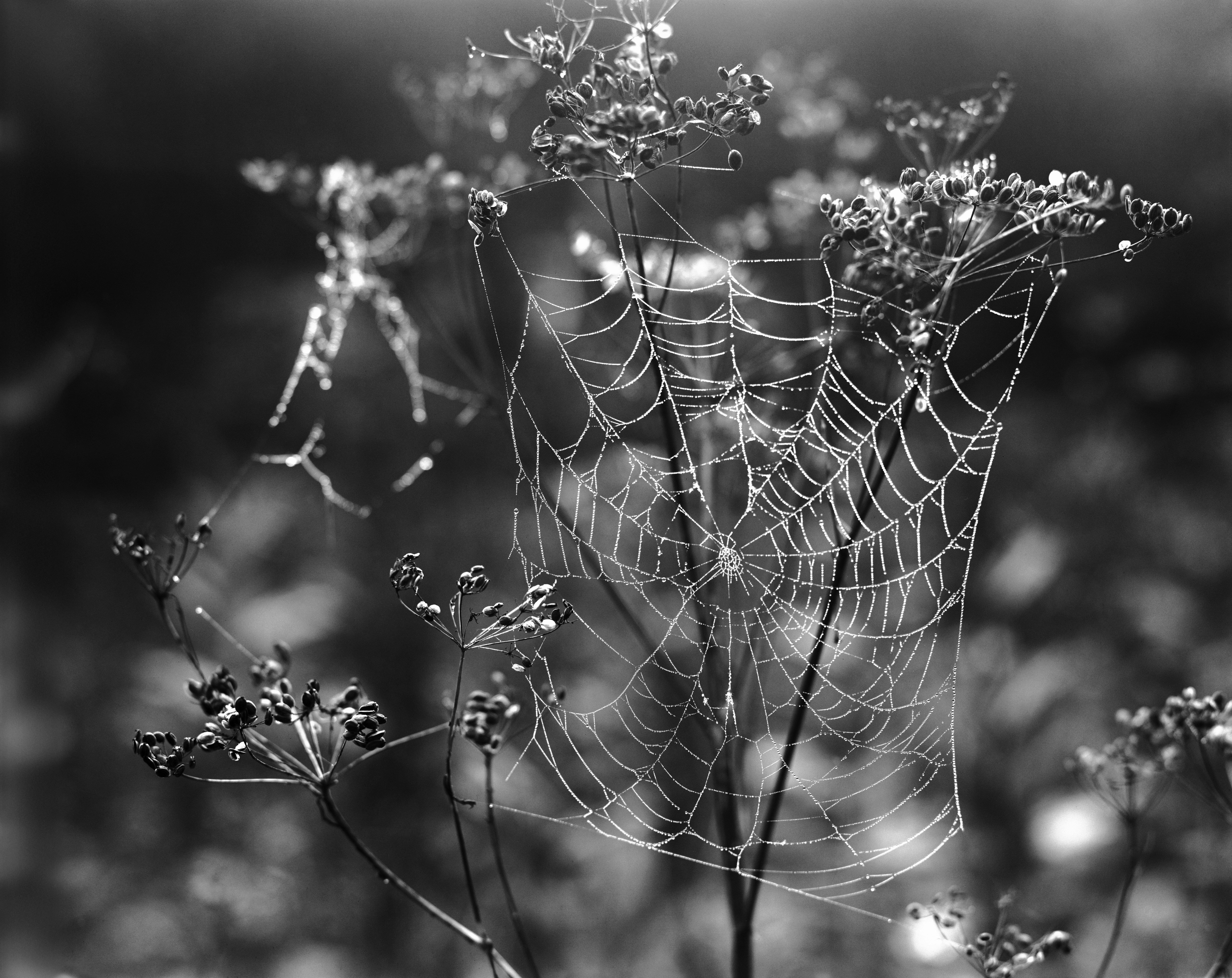winter sherbet and sorbetti.
 12.28
12.28
I have become obsessed with making winter sorbets. It started with the pile of beautiful tropical fruits from Maggie at Flying Fox. We ate as much as we could and then the frugal New Englander in me took over and I set to work on a buttermilk, citrus and passion fruit sherbet. It was such a hit that I had to pry it out of Lula's hands just so I could photograph it! There was no singular flavor that took over, instead, hits of passion fruit and mixed citrus mingled with the sourness of the buttermilk perfectly. I think the addition of buttermilk is here to stay and perhaps sherbet will even make a comeback in our house! The next morning I made a wild ginger and lemon sorbet. I happened to have wild ginger but you can use regular ginger just as easily. It was both tart and a little spicy, like my favorite wintery drink, the ginger steamer. Today, with two pink grapefruits in hand and a desire for some brighter color, I set to work on a grapefruit-beet sorbet. I know this may sound a little strange but I added a beet for color and bit of flavor to the grapefruit juice and sugar mixture while heating. The beet added just the right amount of pink as well as a little earthiness.
Pink Grapefruit Beet Sorbet
2 large juicy pink grapefruits
1 beet
1/2 cup sugar
1/2 cup of water
Juice the two grapefruits this should give you about two cups of grapefruit juice. (if you find you need more juice, then squeeze a couple more until you get two cups)
Peel the beet and cut in half and quarter.
In a large saucepan combine the grapefruit juice, the beet one 1/2 cup of water and 1/2 cup of sugar.
Heat on medium and bring to a boil for two minutes.
Remove from the heat and strain the juice into a separate bowl removing any pulp or seeds and beet parts.
Set the juice aside to cool.
When cool add to your ice cream maker and follow manufacturer's instructions.
Mixed Citrus and Buttermilk Sherbet
2 cups of mixed citrus juice
2 passion fruits
1/2 cup buttermilk
1/2 cup sugar
Juice the citrus until you get two liquid cups. Don't worry about seeds and pulp you will strain later.
(I used pink and white grapefruit, tangerines, honey oranges and lemons. You can use whatever citrus strikes you.)
Cut the passion fruits in halves and scrape the seeds into the juice mixture.
In a large saucepan combine the citrus and passion fruit mixture with 1/2 cup of buttermilk and 1/2 cup of sugar.
Heat on medium and bring to a boil for two minutes.
Remove from the heat and strain the juice into a separate bowl removing any pulp or seeds.
Set the juice aside to cool.
When cool add to your ice cream maker and follow manufacturer's instructions.
Wild Ginger and Lemon Sorbet
2 Cups lemon juice
1 inch piece if wild ginger or a 1 inch piece of ginger
1/2 cup water
1/2 cup of sugar
Juice the lemons until you get about two cups of juice.
Coarsely chop the ginger or the wild ginger and add to the lemon juice.
In a large saucepan combine the lemon juice, the ginger, 1/2 cup of water and 1/2 cup of sugar.
Heat on medium and bring to a boil for two minutes.
Remove from the heat and strain the juice into a separate bowl removing any pulp or seeds or ginger.
Set the juice aside to cool.
When cool add to your ice cream maker and follow manufacturer's instructions.
When serving grate a little ginger on top.
I find that making sorbets is a little tricky. They never freeze solidly nor are they meant to. Experiment with the amount of sugar you use depending on whether or not you like sweetness or tart but do remember that sugar lowers the freezing temperature of water so the more you use the less solid it will become.
I use a standard Cuisinart ice cream maker, nothing fancy. The only drag is that the bowl must live in the freezer and you can only make one batch at a time in between refreezing the ice cream maker bowl. I do know there are more expensive versions that do not live in the freezer. For now, I am content with the one I have but perhaps soon I will step it up to a more pro version.
Have fun and be inspired!
I am thinking pomegranite next...


Mixed Citrus and Buttermilk Sherbet Wild Ginger and Lemon Sorbet
Pink Grapefruit Beet Sorbet

Wild Ginger and Lemon Sorbet



Copyright © 2011, andrea gentl. All rights reserved.
















